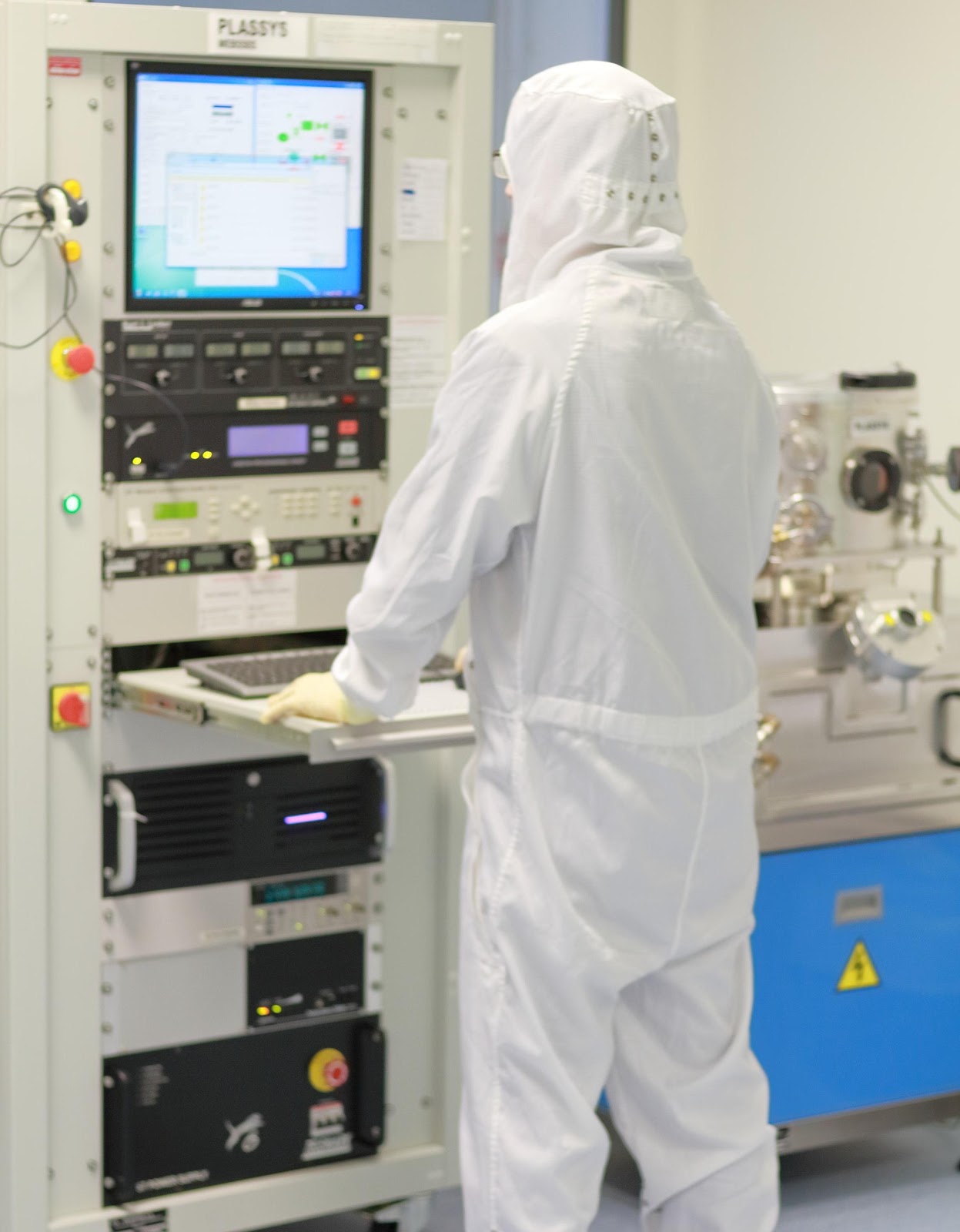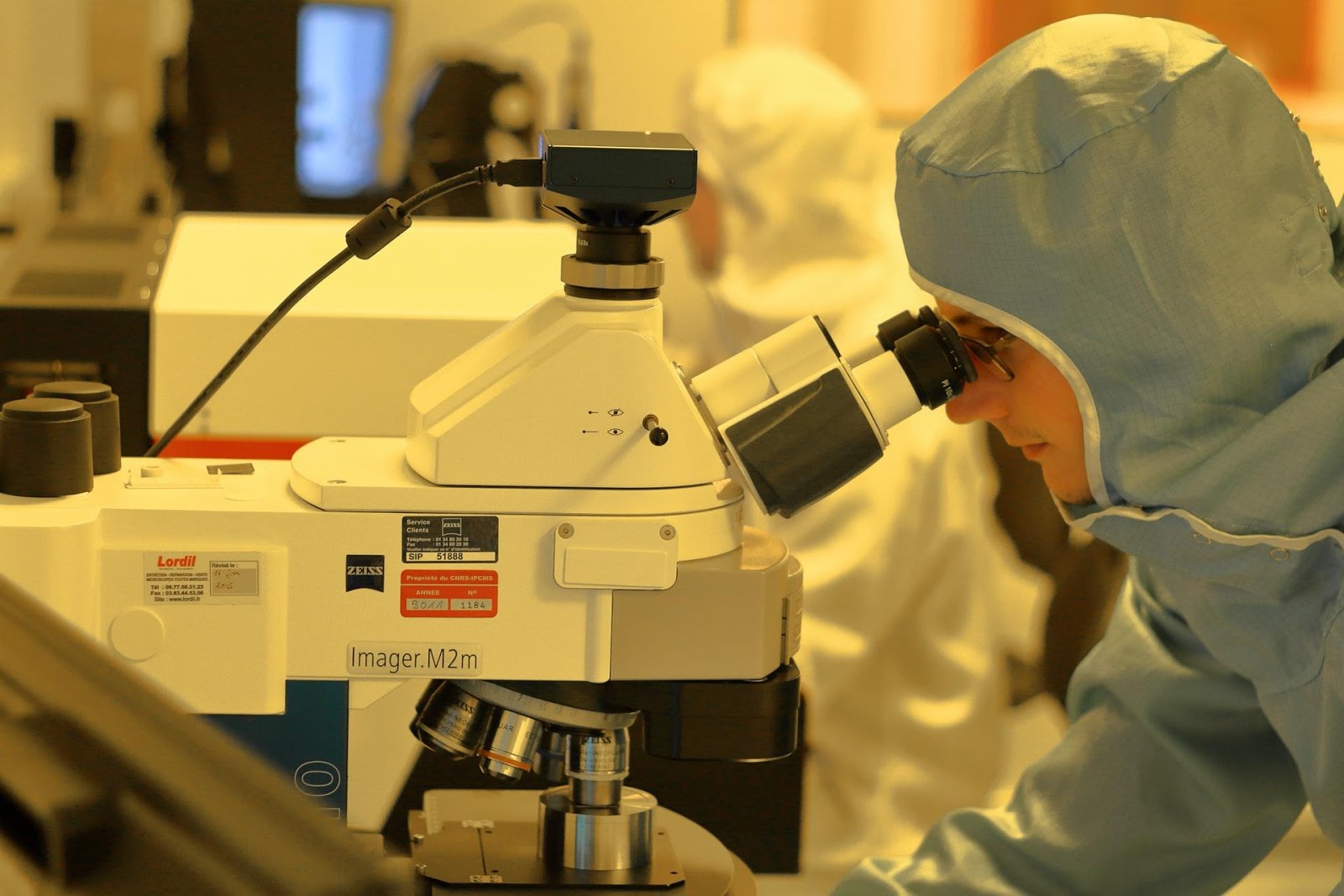Overview of Cleanroom Standards
When looking for a cleanroom, it’s essential to find one that matches the standard needed, and not all cleanrooms are the same. Whether the company wants a cleanroom for critical environment cleaning, such as a pharmacy or robotics, general cleaning for a business, or anything in between, there is a cleanroom standard that works.
There are nine classes of cleanrooms under the ISO, or the International Standards Organization, all of which were created by a technical committee and multiple working groups. Each class has standards and regulations to follow, categorized by particulate cleanliness. The higher the numbered class of cleanroom, the more particle allowance there is in the cleanroom.
ISO Standards
ISO Standards are rated by how much particle allowance there is in a room per cubic meter. The classes go from one to nine, with one being the “cleanest” and a nine being the “dirtiest” allowance.
Before ISO Standards, Federal Standard 209E was used to rate cleanrooms, which is why sometimes charts have a comparison with those standards. Now, however, ISO Standards are the regulation. Since particulate concentration changes in cleanrooms over time, ISO standards also label three classification standards. These three standards are as-built, at-rest, and operational.
We’ve created a comprehensive guide to help you keep your cleanroom clean and safe. You can download it here >>.
Between when the cleanroom is constructed and installed to when it is operating, the number of particulate concentration changes, which is why there are three ISO Standards. When a cleanroom is constructed, it has the least number of particles. Particles in a cleanroom are generally increased by other objects and workers present, so it makes sense that once the equipment is brought in and instruments placed nearby, the classification moves from as-built to at-rest. As workers come into the area, the classification moves once more from at-rest to operational. This is because people are the most significant addition of particulate levels.

Cleanrooms are designed to prevent contaminated air outside from coming inside and keep the clean air inside by keeping positive pressure. By doing this, the cleanroom ensures that the air always flows from the cleanest space to the less clean space as it flows. This is important when there are multi-chambered rooms with different ISO Cleanliness Standards because users need lower-numbered classification rooms to have fewer particles than higher-numbered ones. Because of this, the pressure levels are highest in the cleaner air spaces and lower in the less clean air spaces, so the ISO Standards are easily maintained.
The most important reason one should know the ISO Standard of their cleanroom is to be aware of what testing is required, what testing is optional but recommended, and how often these tests need to be performed. To conform to ISO Standards, tests are routinely done to ensure the standards are up to par.
.jpg?width=600&name=image1%20(2).jpg)
For cleanrooms of ISO5 and lower, particle count tests are performed every six months, and for ISO6 and above, these tests are performed once a year. Regardless of the class, air pressure and airflow tests are completed yearly. The ISO classification also determines which cleaning procedures are necessary to have in place in order to pass quality checks and inspections.
Interested in getting a free instant quote for your cleanroom cleaning from a cleaning services provider who knows how to help you meet cleanroom standards? Pegasus is here to help.







